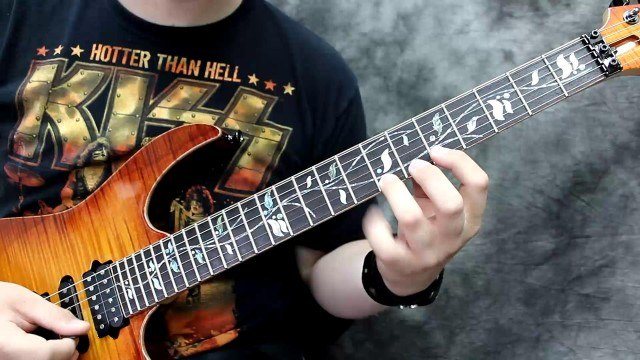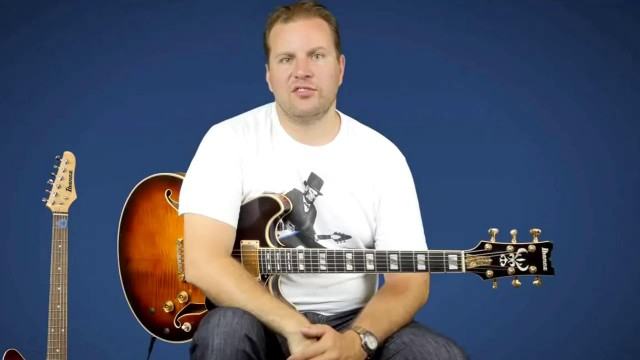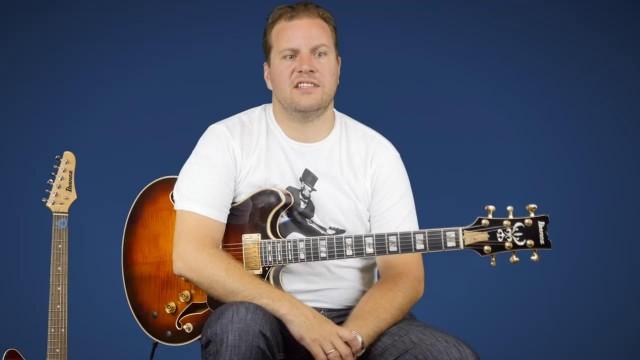Part 1: Creating Your Own Pulse - An Introduction to 8th Beat Polymeters
What this lesson will introduce, or engrain in your brains is just another method for making your improvisational skills set you apart. Drummers love guitarists with great rhythm, and the following excercises will help to introduce a few applications for making yourself a drummers best friend.
I want to begin by stating up front that we will only be playing straight 8th notes but in different sequences offering a polyrhythmic feel. The reason I've devised a lesson plan based around number sequences not commonly found in theory is for the purposes of guitar improvisation. I'll demonstrate specific examples for each rhythmic feel, but USE this as a guide to greater creativity through your own licks and scales.
The upper row found in the mini tables located beneath each section signifies the 8 8th beats found within a 4/4 bar. The lower row is basically signifying our new grouping over the original 8th beat feel. For instance, if we're given a bar of 8 beats, we can choose to play any number of different rhythmic groupings in their place, however, I want to break down all of the possibilities of playing simply 8th notes, while analyzing different scalar opportunities to make things sound a little more interesting.
So let's figure out what we're looking at! When examining the table, note that the bottom row says "1 2 3 4 1 2 3 4". What this means in this context, is that we'll play a sequence of four notes, and then the exact same sequence of four notes will follow. (Note: You don't neccessarily always need to play the same sequence of notes repeating! This is more about creating your own pulse while comprehending where you stand over the original pulse.)
Sound confusing? It's actually quite cool!





















